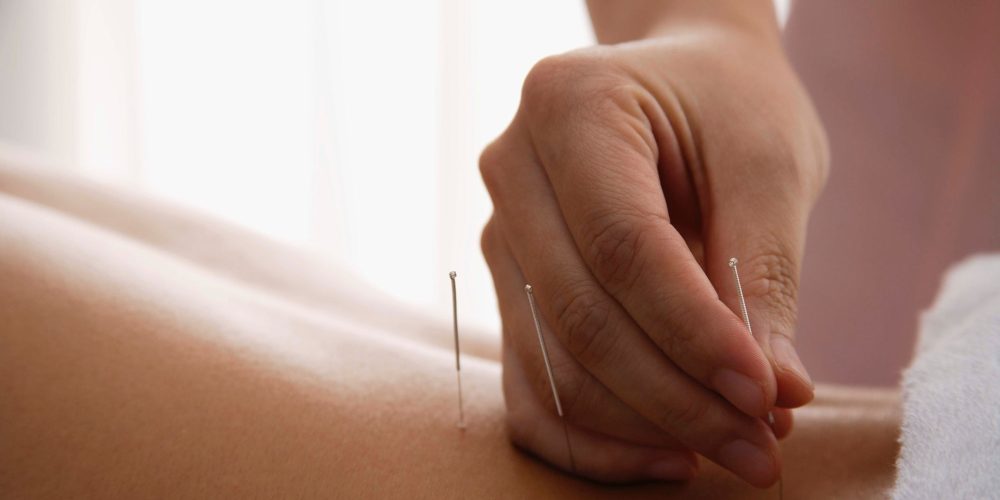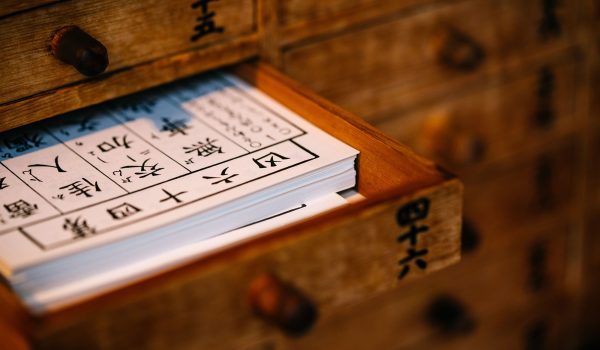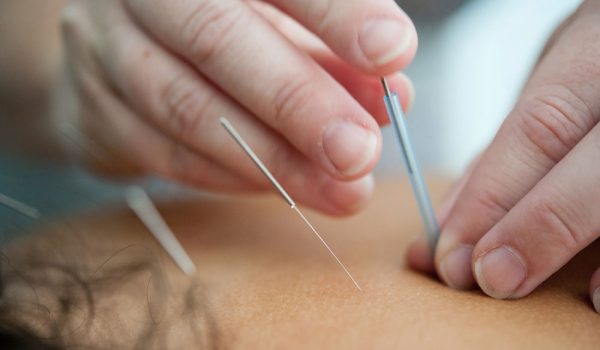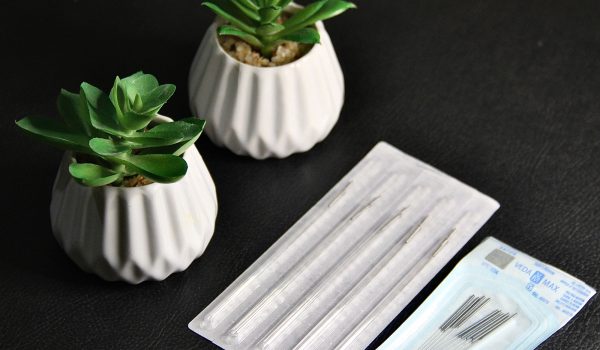Dry Needling vs. Acupuncture: Unveiling the Intricacies and Differences

The world of alternative and complementary medicine is vast, offering an array of treatment modalities to suit various needs. Two such techniques, dry needling and acupuncture, often find themselves embroiled in a mix-up.
Both involve the insertion of fine needles into specific points on the body, creating a fair amount of confusion among potential patients. This blog aims to delineate the differences between dry needling and acupuncture, from their origins and scientific foundations to techniques, side effects, and more.
Historical Context
Dry Needling
Dry needling is a relatively modern development in the realm of physical medicine. Initially used as a diagnostic tool in the early 20th century, it evolved into a therapeutic technique by the mid-1900s. Grounded in Western medicine, dry needling became increasingly popular among physical therapists and chiropractors for treating musculoskeletal pain and dysfunction.
Acupuncture
Acupuncture, in contrast, has ancient roots tracing back to China over 2,500 years ago. It is a key component of Traditional Chinese Medicine (TCM), which also includes herbal medicine, dietary therapy, and exercise like Tai Chi.
Acupuncture was initially documented in the foundational text, the “Huangdi Neijing” (Yellow Emperor’s Inner Canon), and has evolved over millennia to integrate both traditional and modern approaches.

Scientific Foundations
Dry Needling
Dry needling operates primarily on the understanding of anatomy, neurophysiology, and Western medical science. The technique involves the insertion of needles into ‘trigger points,’ hyperirritable spots found in skeletal muscle. The idea is to elicit a ‘twitch response,’ which leads to the relaxation of the muscle knot, thereby reducing pain and enhancing function.
A growing body of research indicates that dry needling can effectively treat conditions like chronic back pain, migraines, and even carpal tunnel syndrome. However, more rigorous scientific investigation is needed to establish the long-term benefits definitively.
Acupuncture
Acupuncture revolves around the concept of “Qi” (pronounced “chee”), a life force or energy that flows through the body. In TCM, the balanced and uninterrupted flow of Qi is considered essential for health. Acupuncture aims to correct imbalances in this flow by inserting needles along specific pathways or ‘meridians.’
Over the years, numerous studies have been conducted to examine the efficacy of acupuncture in treating a wide range of conditions. While some studies affirm its effectiveness in pain management and treating various conditions like insomnia and digestive issues, the scientific community remains divided. Nonetheless, acupuncture continues to gain global recognition and acceptance.
Techniques and Procedures
Dry Needling
In a typical dry needling session, the practitioner starts by identifying the trigger points through palpation or muscle testing. Once the trigger points are located, a thin, sterile needle is inserted into the skin and muscle directly at the point.
Patients often report a cramping or twitching sensation, which is generally a good sign that the trigger point has been stimulated. This twitch response helps in reducing muscle tension and alleviating pain. The equipment used is minimal—usually just the single-use, sterile needles and perhaps some antiseptic wipes to clean the area before needling.
Acupuncture
The acupuncture procedure is a bit more intricate, starting with a detailed diagnosis to identify any Qi imbalances. Then, the acupuncturist inserts very fine, sterile needles at specific points along the meridians to regulate the flow of Qi. The depth and angle of insertion can vary, depending on the condition being treated.
There are various styles of acupuncture, including Traditional Chinese Acupuncture, Japanese Acupuncture, and even Electroacupuncture, where a mild electric current is passed through the needles for stronger stimulation.

Side Effects and Risks
Dry Needling
Common side effects of dry needling may include temporary soreness or bruising at the needle site. More severe risks, though rare, include infection, nerve damage, or puncturing an organ.
Therefore, it’s crucial to have the procedure done by qualified professionals to minimize these risks. Individuals with bleeding disorders or those taking blood thinners should consult their healthcare providers before undergoing dry needling.
Acupuncture
Side effects of acupuncture are generally minimal but can include minor bleeding, bruising, or soreness where the needles are inserted. In some cases, people may feel lightheaded or drowsy after a session. Because acupuncture needles penetrate deeper into the body, there’s a low risk of infection if not performed under sterile conditions.

Frequently Asked Questions
Can you do both dry needling and acupuncture?
Yes, it’s possible to undergo both treatments, but it’s essential to consult healthcare providers for a tailored treatment plan. The two therapies target different issues and operate on distinct philosophies, so they may complement each other well in certain cases.
Is dry needling/acupuncture painful?
Both treatments involve some level of discomfort, commonly described as a ‘pinching’ sensation upon needle insertion, followed by a ‘dull ache’ or ‘warmth.’ Pain tolerance varies from person to person.
How many sessions do I need?
The number of sessions varies depending on the condition being treated and individual response to treatment. While some may feel immediate relief, chronic conditions often require multiple sessions for optimum results.
Are the needles sterile?
The needles usually used are single use needles that come sterilized. Rarely, there are practitioners that reuse needles which they treat with the sterilization process. We insist on using the highest quality needles from steel and copper handles. They are very smooth and not painful.
Comparative Analysis and Conclusion
Philosophy: Western Medicine vs. TCM
Dry needling is anchored in Western medical science, focusing on treating musculoskeletal issues by stimulating trigger points. Acupuncture, however, is rooted in the philosophies of Traditional Chinese Medicine, aiming to balance the body’s Qi to treat a wide array of conditions. These distinct philosophies influence not only the techniques but also the scope of conditions they can address.
Application: Scope of Treatment
Dry needling is most effective for musculoskeletal disorders, such as chronic back pain, muscle tension, and migraines. Acupuncture has a broader range of application, claiming to treat everything from digestive issues and insomnia to emotional disorders like anxiety and depression.
Target Points: Trigger Points vs. Meridian Points
In dry needling, needles are inserted directly into muscular trigger points. In acupuncture, needles are placed at specific points along meridians, aiming to correct imbalances in the flow of Qi. These target points are dictated by the underlying philosophy and diagnostic approach.
Regulation and Training: Licenses and Qualifications
Acupuncturists generally undergo extensive training in TCM and are often licensed by state acupuncture boards. In contrast, dry needling is often performed by physical therapists and chiropractors who have had specialized training in this particular technique.
Conclusion
The practices of dry needling and acupuncture may appear similar at a glance, both involving the use of needles to alleviate pain and improve well-being. However, their differences are as deep-rooted as their respective histories and philosophies.
Dry needling is more narrowly focused, often serving as an adjunct to other physical therapies for musculoskeletal issues. It operates on a biomedical understanding of anatomy and pain, offering targeted relief from muscle tension and associated discomfort.
Acupuncture, on the other hand, offers a holistic approach to treatment, grounded in the ancient wisdom of Traditional Chinese Medicine. It aims not only to alleviate symptoms but also to address underlying imbalances, offering a broader scope of application beyond just musculoskeletal issues.
In summary, your choice between dry needling and acupuncture should hinge on your specific health needs, belief in the underlying philosophy, and comfort level with the procedure. Always consult with qualified healthcare providers to determine the most appropriate treatment for you.
Hopefully, this blog has clarified the differences and will assist you in making an informed decision about which treatment may be right for you.
References:
- Dommerholt, J., & Gerwin, R. D. (2015). Trigger point dry needling: An evidence and clinical-based approach. Churchill Livingstone.
- Ma, W. (2013). The roots and development of Chinese acupuncture: From prehistory to early 20th century. Acupuncture in Medicine.
- Cochrane, D. S. (2013). Acupuncture and dry needling in the management of myofascial trigger point pain: a systematic review and meta-analysis of randomized controlled trials.
- Cochrane, D. S. (2013). Acupuncture and dry needling in the management of myofascial trigger point pain: a systematic review and meta-analysis of randomized controlled trials.
- Dunning, J., & Butts, R. (2014). Dry needling: A literature review with implications for clinical practice guidelines.
- Deadman, P., Al-Khafaji, M., & Baker, K. (2007). A Manual of Acupuncture. Journal of Chinese Medicine Publications.
- White, A., & Ernst, E. (2004). A brief history of acupuncture. Rheumatology.
- Cummings, M. & White, A. (2001). Needling Therapies in the Management of Myofascial Trigger Point Pain: A Systematic Review. Archives of Physical Medicine and Rehabilitation.
- Cummings, M. & White, A. (2001). Needling Therapies in the Management of Myofascial Trigger Point Pain: A Systematic Review. Archives of Physical Medicine and Rehabilitation.
- Tough, E. A., White, A. R., Cummings, T. M., Richards, S. H., & Campbell, J. L. (2009). Acupuncture and dry needling in the management of myofascial trigger point pain: a systematic review and meta-analysis of randomized controlled trials.
